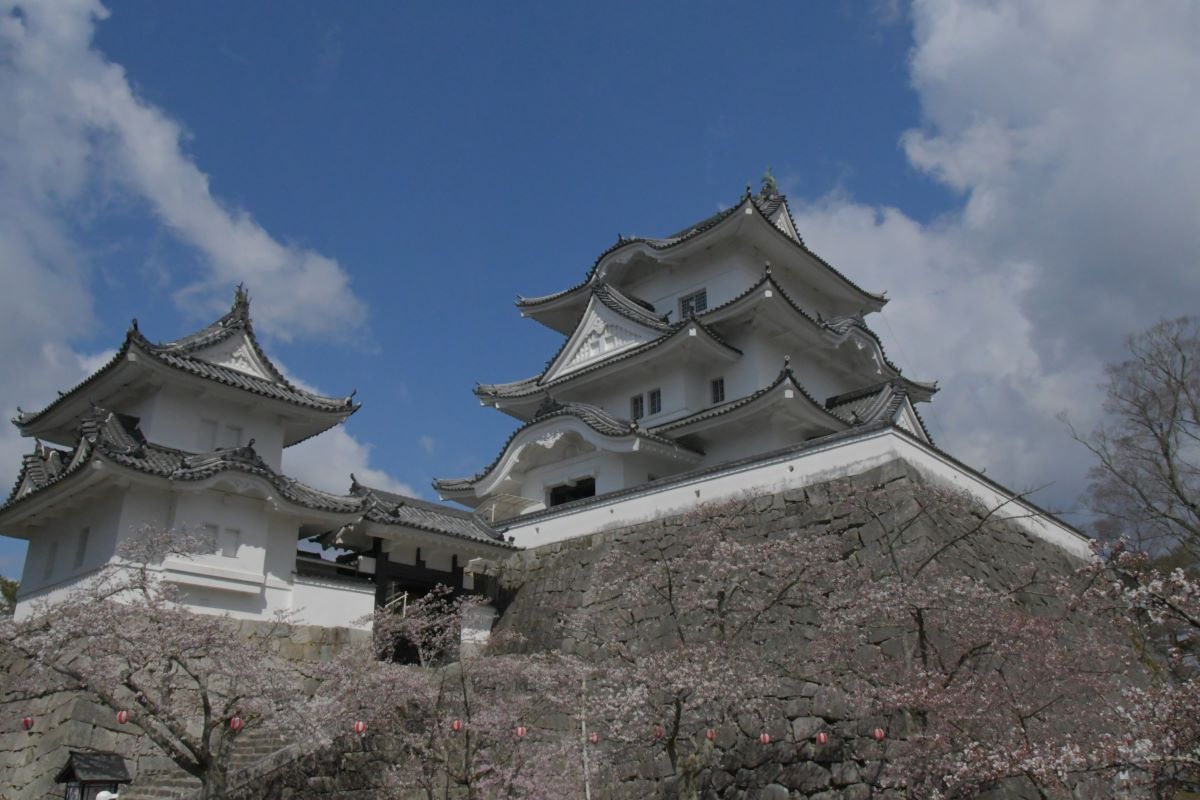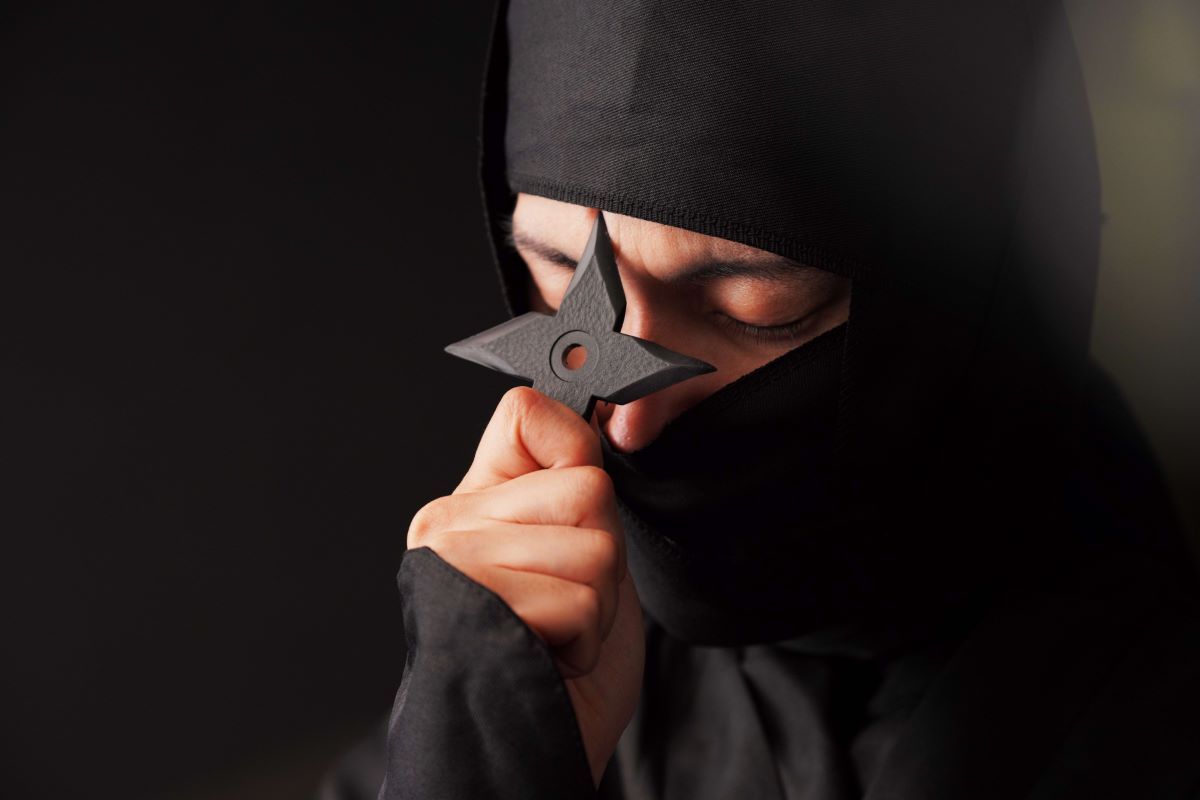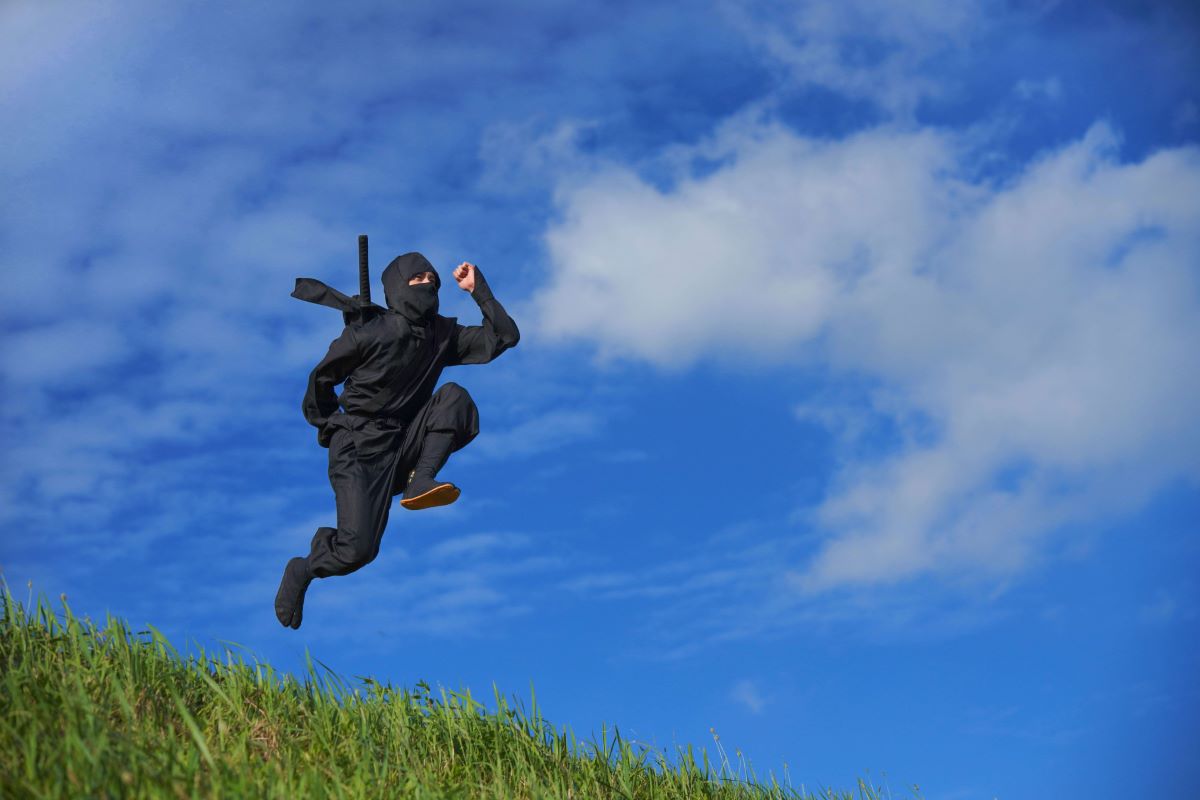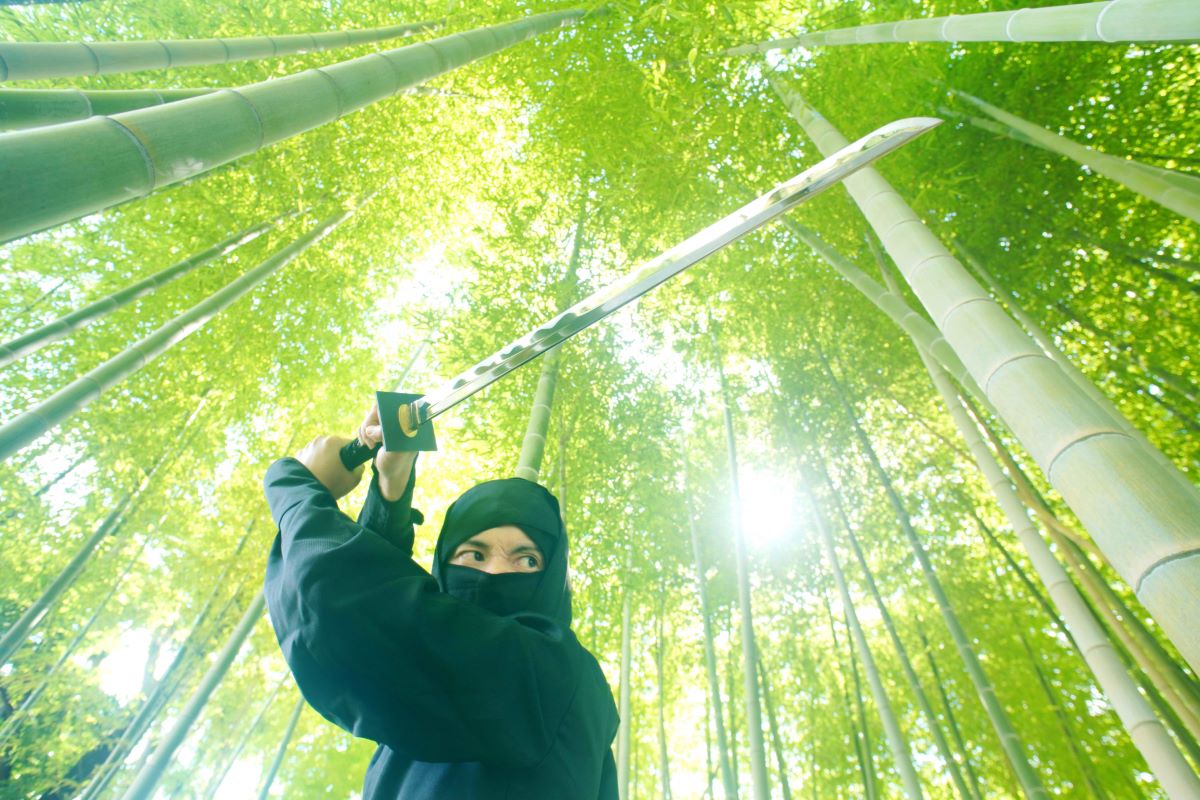There is a classically legendary Japanese icon that is rather prominent in much pop culture both in Western movies and also in Japanese movies. The “Ninja” or “Shinobi” is a truly popular, yet also a notorious aspect of Japanese history that is evidently rather famous still today.
The International Ninja
This particular icon, however, is likely more famously admired in Western movies, television, and so on than it actually is in Japanese media so it is truly a unique example of how cultural appreciation can differ rather extensively if it is based more on fact or more on fantasy.
Who Were The Ninja?

Iga Ueno Castle Home of the Original Ninja?
The Ninjas of Japan were generally regarded as spies and assassins. They supposedly used the art of stealth to move “invisibly” in order to collect information by spying and also to assassinate people they were assigned to.
The classical Japanese warrior of stealth known as the Ninja is almost as mysterious and ambiguous historically as a Ninja is intended to be in action. No one seems able to really say where the Ninja first originated, or when they really began as conceptualized today.
The Influence Of Japanese Theatre On The Ninja Image

What may be even more surprising is that the archetypal image of a Ninja that most people think of today is actually a product of traditional Japanese theater. On the stage of a Japanese play, there are people dressed in all black, from their heads to their toes, who move props around the stage.
The character of the Ninja, in keeping with the conceptual surprise factor of the audience, appears as one of these prop people until the moment when the Ninja jumps onto the stage and performs the scripted act.
This is essentially why most people today conceive of traditional Ninja as having been dressed in black pajamas from head to toe.
The Ninja Hero

The more morally positive Hollywood concept of the Ninja occasionally as a hero is likely somewhat due to the Western popularity of such heroes as Robin Hood since historically in Western society heroes like this have defeated those with excessive wealth who abuse the poor.
Assassins are likely only going to be popular in societies that have enjoyed the benefits gained from the assassination of a corrupt government. Societies that have been well programmed to obey without question generally do not have the same reverence for rebellious tendencies.
This is likely a part of why the Japanese Samurai warrior image still has strong reverence in Japan today while the Ninja is regarded somewhat differently.
The Non-Conformist Ninja

Another reason is likely due to the fact that the Ninja supposedly did not abide by the rules of a noble guideline like “Bushido” (The Way of the Warrior) which Samurai did generally abide by. This was likely part of why the Ninja came into existence since Samurai would not be able to perform many of the services expected of a Ninja as those services could conflict with the moral code of the Samurai.
Ironically, it is possible that the first Ninja may have actually been rebellious due to their strong morality and harmony with Buddhist teachings. There is a possibility that these Ninja actually left the aristocratic society of Kyoto in favor of the mountains nearby.

JR West Shinobi Train – Ride The Ninja Train
It seems possible that the actual history of the Ninja may remain shrouded in mystery as any true Ninja would likely have wanted it to be.